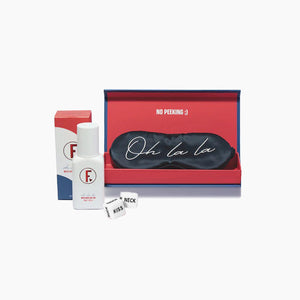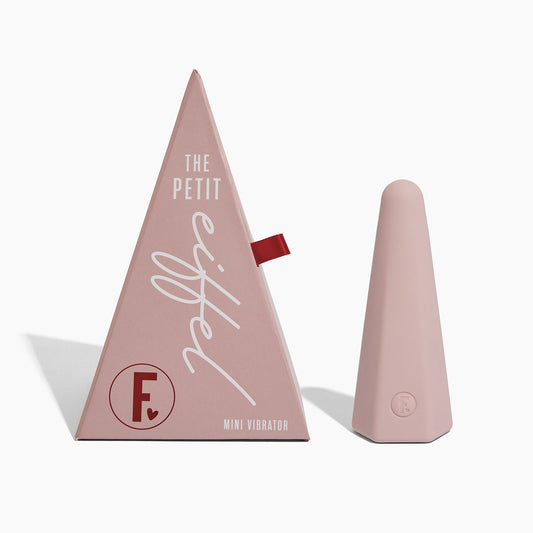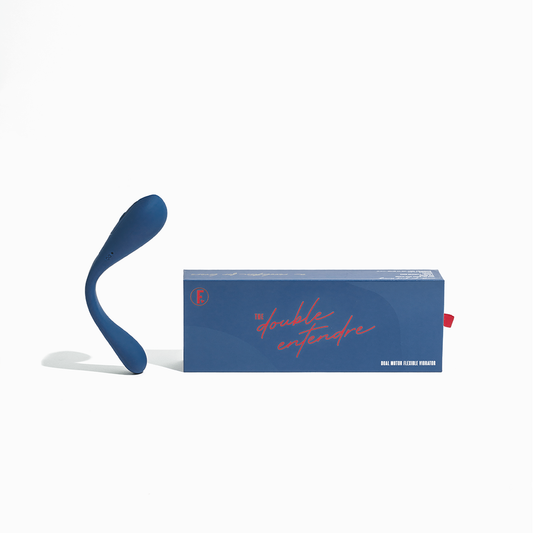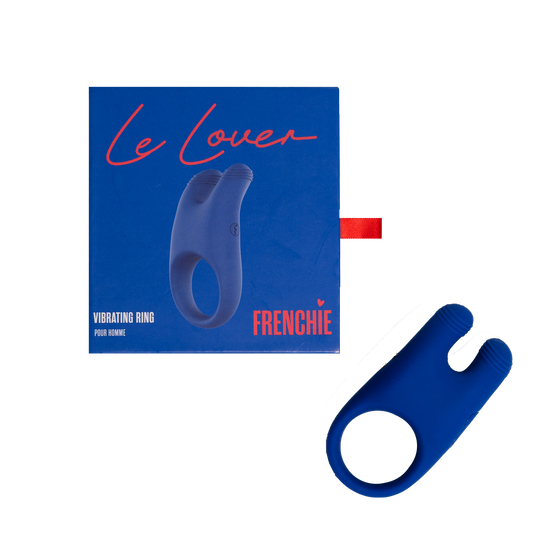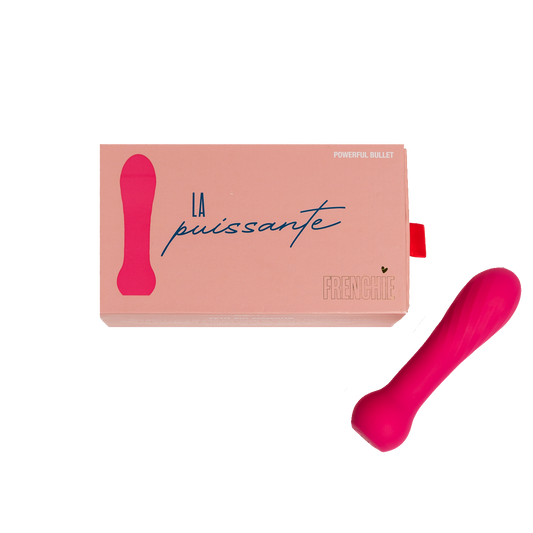It’s endometriosis awareness month, where we highlight the debilitating condition that impacts a huge percentage of the population. One in ten women and people with uteruses have endometriosis, and since it’s so common it’s likely that you or someone in your life deals with the pain that comes with endo every single month.
Endometriosis is an inflammatory condition that occurs when endometrial tissue grows outside of the uterus. This tissue is similar to the lining of the uterus, but when it grows in other places in the pelvis, it causes severe pain.
We don’t yet have a ‘cure’ for endometriosis, but there are a variety of treatments available to help manage the pain. Everyone’s endo pain is different, depending on where the endometrial lining is growing and the severity of the condition, so there’s no guaranteed treatment that will work for everyone.
Most people with endo have tried almost everything to manage their pain, and as someone with that experience too, I suggest not giving up until you find something that works for your body. I know how discouraging it can be to try and get no results, but it’s so worth the effort. Here are a few option for you.
Herbal Medicine
A simple google search of ‘herbs for endometriosis’ will pull up tonnes of articles about herbalism and traditional chinese medicine. But, it can be overwhelming to just find a random list of herbs and go hunting in your local health food shop in the hopes that something might help. I always recommend against simply taking something because it worked for someone else on the internet. It’s important to always get personalised advice from a professional. Find a qualified naturopath who specialises in menstrual health and who can make custom herbal tinctures to target exactly what your body needs. Personally, I have worked with Tia Miers Naturopathy who has helped take my endo pain from a 12 out of 10 to a 3 out of 10 in under six months. I felt improvements within the first month and my pain has reduced significantly with each period since. You can also try hormone balancing supplements for extra support if you are unable to see a naturopath right away.
TENS Machines
For in-the-moment pain relief, I always keep a personal TENS machine on hand. Transcutaneous electrical nerve stimulation (TENS) units are easy to use devices that vibrate against the skin using pulse therapy which stops pain signals from travelling to the brain from the muscle. Many people have found TENS machines can completely eliminate their pain, whereas others find it simply acts as an additional layer of support.
Acupuncture
Traditional Chinese Medicine (TCM) works on the body as a whole and treatments like acupuncture can be really helpful for menstrual issues. Acupuncture can help to increase blood flow, reduce inflammation and release endorphins. It's a non-invasive and relatively pain free option or addition to other treatments. You will likely start with a 6-8 week treatment plan and your practitioner will assess from there. Again, be sure to always choose a practitioner who specialises in endo support or reproductive health.
Diet Changes
Since endometriosis is an inflammatory condition, diet factors can have a huge impact on your level of pain. Certain foods can create extra inflammation, so it’s helpful to reduce the consumption of things like gluten and increase your fibre intake through plenty of vegetables. You can learn more about using food to support pain management by working closely with a naturopath.
Pelvic Floor Physio
Physiotherapists who specialise in the pelvis are experts at pain management and can offer many helpful exercises and techniques to assist with your pain levels. These can range from breathing exercises, yoga poses, stretches and internal massage.
Surgery
For many people, the most effective way to treat endometriosis is through a keyhole surgery known as laparoscopy. Having a laparoscopy can be helpful for those experiencing intense, debilitating pain. There are two types of laparoscopic surgery with it comes to endo: excision, which is when they remove the problematic endometrial tissue by cutting it out, or ablation where they destroy the cells via diathermy. Some people find that their endo doesn’t come back for up to 5 years after surgery, and some find it does after only a year, so if you are considering surgery it’s best to speak in depth with your doctor and gynaecologist. I would always recommend using other supportive treatments in tandem to ensure it doesn’t come back, too.
This is definitely not an exhaustive list of things that can help with endometriosis, but it’s a great place to start. Above all else, always be sure to listen to your body and trust that you will find relief.


